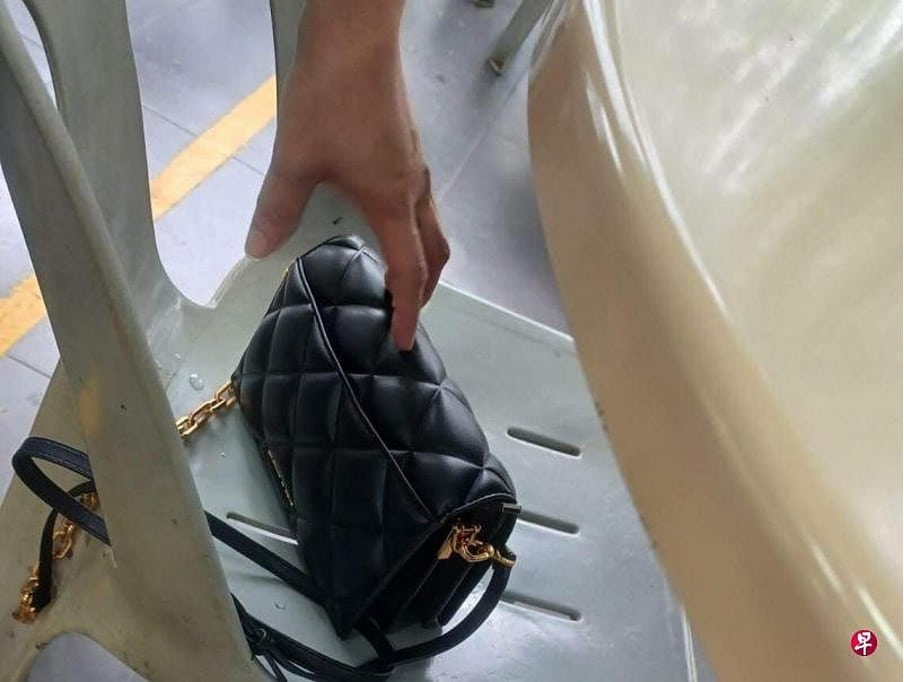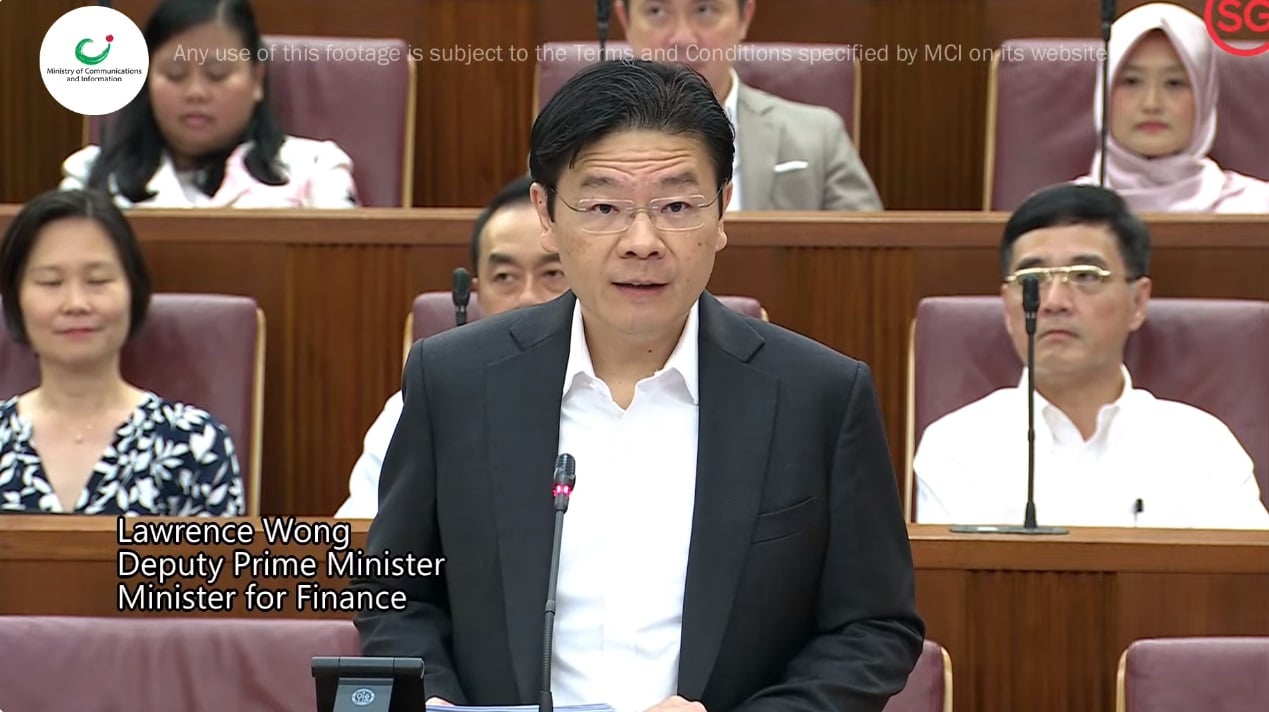Did you know that last week, the National Wages Council (NWC) has just released the latest guidelines to pressurise encourage employers to increase the salary of lower-wage workers?
In particular, the NWC has called on employers to raise the monthly pay of lower-wage workers by at least 5.5% while calling on businesses that are faring better to give larger pay rises. This is a bigger pay rise than what it recommended last year.
Because 有福同享 有难同当 (enjoy blessings and endure misfortune together), tio bo?
When times are bad you cut pay or freeze pay ok lah, LL suck thumb and suffer together lor. But when businesses are doing well and earning money liao, also must share the pie bah!
Here’s a quick look at what it’s all about:
Who is the NWC?
The National Wages Council aka NWC is made up of representatives of trade unions (representing workers), employers and the Gahmen.
The Council meets every year to discuss and come to a national consensus on wage and wage-related matters. Every year, guidelines are issued based on the consensus reached by the unions, employers and government.
What are the key recommendations on wages from NWC?
- For employers in a good position to do so, they should provide an increment of 5.5% to 7.5% of gross monthly wage, or at least S$80 to S$100, whichever is higher.
- For employers in a good position but face uncertain prospects, they should still provide increment, although it could be the lower end of the 5.5% to 7.5% range.
- For employers that have not done well, they should also still give lower-wage workers an increase at the lower bound of the percentage range. If business prospects improve, they should consider further wage increases.
Long story short hor, is this NWC is telling the tow kays – DON’T LOR SOR OR GIVE EXCUSES AH, just give your workers an increment that’s reflective of how well the company is doing.
Who are those considered to be in the lower-wage group?
The lower-wage group include those who earn a gross monthly wage of up to S$2,200. This salary level corresponds to the 20th percentile wage level of the workforce.
This is up from $2,000 as defined in the past, allowing more workers to qualify and benefit.
Why the call for an increment?
Representatives from the union noted that some sectors may have also taken wage cuts during the pandemic. In addition, the wage adjustment and variable payments can help workers to cope with rising inflation.
Of course, wages increase should be sustainable, and the government has acknowledged this, urging employers to work with NTUC’s programmes to redesign jobs. Employers could also tap on the government’s productivity grants to partake in job redesign.
Are these wage guidelines actually used?
The short answer is, YES THEY ARE.
If you didn’t know, employers and unions in unionised companies use the guidelines as a framework for wage negotiation based on the circumstances faced by each company.
Employers in the non-unionised sector have also relied on the guidelines as a reference point in determining wage increases for their employees in the past!
If you’d like to contribute your story to us, drop us an email at editors@sureboh.sg and we’ll review it. We read each submission that comes to us within two weeks of receiving it.





